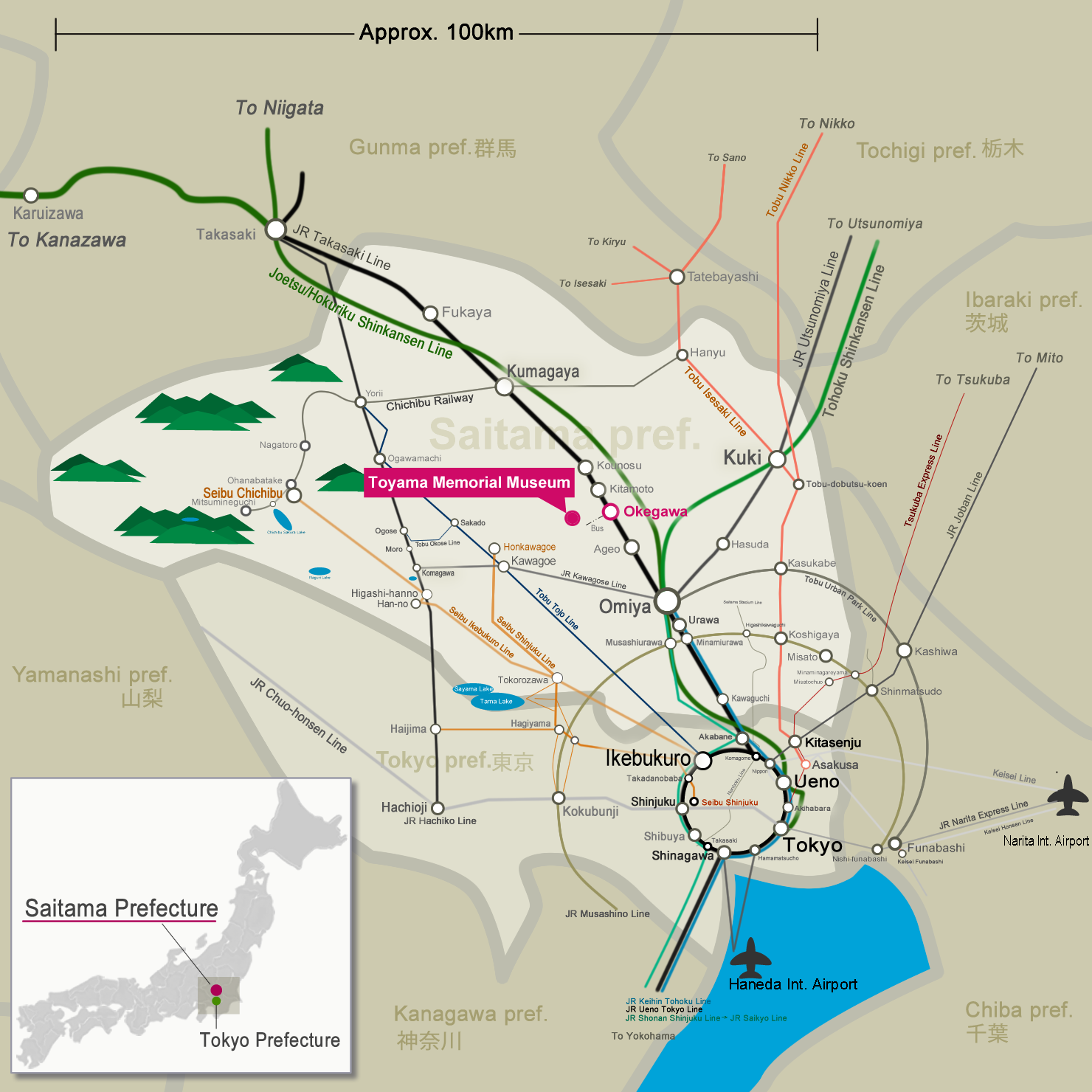Japanese architecture immersion - Toyama-tei (Toyama Memorial Museum)
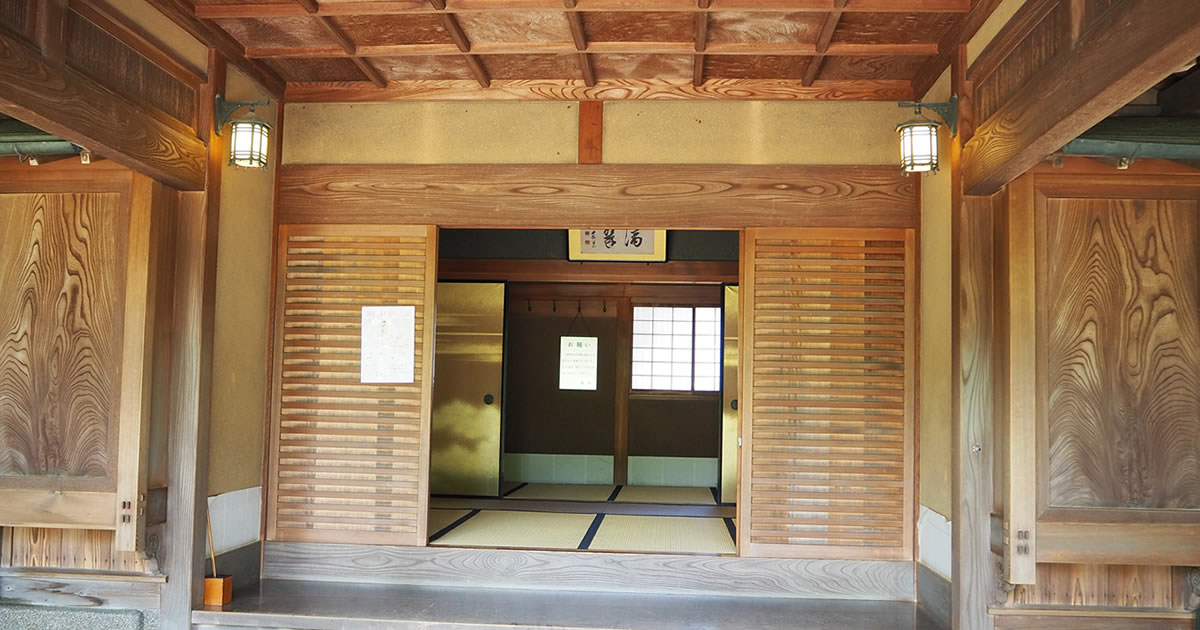
A classic house nestled in rice fields, represents exclusive design, materials, and artisanal techniques of Japanese architecture
It was about 40 minutes by train from Ueno to Okegawa Station in the north of Tokyo. From Okegawa, I took a little travel by local bus heading for Kawajima, a town remaining rural landscape. After crossing the river, I got off the bus at a stop in the farm town and walked down a little while viewing nice rice fields around there. Then, I reached a large wooden gate, looks like it of Samurai load residence. Now, I am in front of the Toyama-tei.
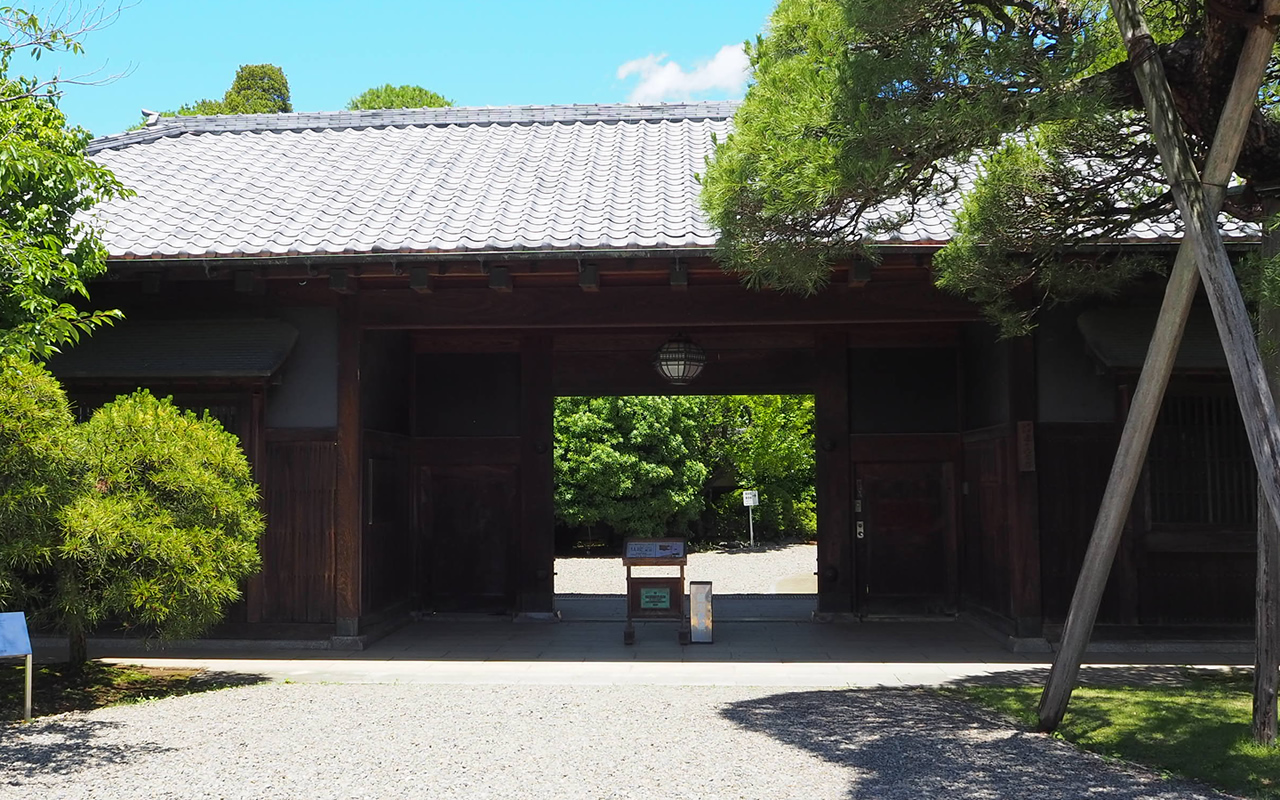
Toyama-tei or Toyama Memorial Museum is a former residence originally constructed by Gen-ichi Toyama (1890-1972), the founder of Nikko Securities. The Toyama family used to be wealthy, but their business went down when Gen-ichi was a child. After going through a rough time, Gen-ichi acquired great success in his own business, then regained the place where he was born and built the house Toyama-tei for his mother, who also had hardship. The buildings on the premises consist of a former residential house with a Japanese garden and a museum building, all open for public as Toyama Memorial Museum.
The construction began in 1933, was finally completed after spending two years and seven months. The initial plan of the main building, 40 or 50 Tsubo (132 sq m to 165 sqm) in size, was revised again and again in the course of pursuing ideals, resulted in the expansion reached 400 Tsubo (1322 sq m) in the end. During the construction, over thirty-five thousand architectural experts were engaged, used only selective wooden materials sought to collect from all over Japan. Representing the high-end architectural technology at that time, Toyama-tei was designated in 2018 as an important cultural property of Japan.
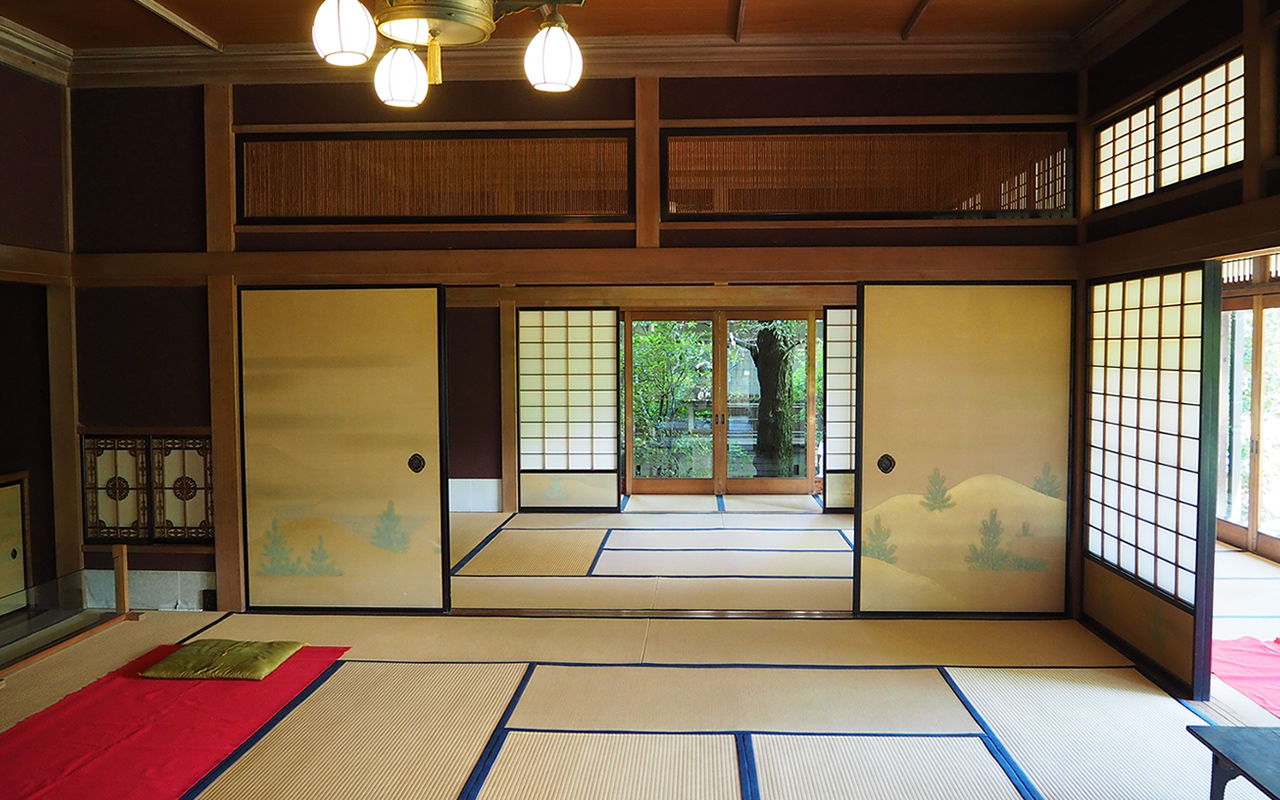
Toyama-tei comprises three wooden buildings in different traditional Japanese housing styles, which can be described as the feature of the house. The house includes a central wing in Shoin style, west wing in Sukiya-zukuri, and east wing in style of Wealthy-farmer's-house, all of which naturally emphasize their uniqueness in comparison. Each wing is separated but linked with a long corridor, creates a flow so that the different wings can be harmonized naturally. Following the corridor, it allows visitors to look around the rooms and enjoy different atmospheres with a feeling of comfort.
Although all the rooms have been not lavishly decorated, the understated brilliance can be found in the serene interior. Along the way, you look around the rooms and enjoy the relaxing, tranquil atmosphere, have a careful look at the detailed works, such as wooden frames and latticeworks at doors. You will realize the amazing artisanal techniques applied to those creations here and there.
This traditional house has been well-planed in a fusion of classic and modern styles as well. The large window glasses, which were hardly produced in Japan, were imported from the USA. The garden was designed with consideration for the perfect view from the room through the windows. Sitting by the window, gazing at the garden in silence, is what attracts visitors.
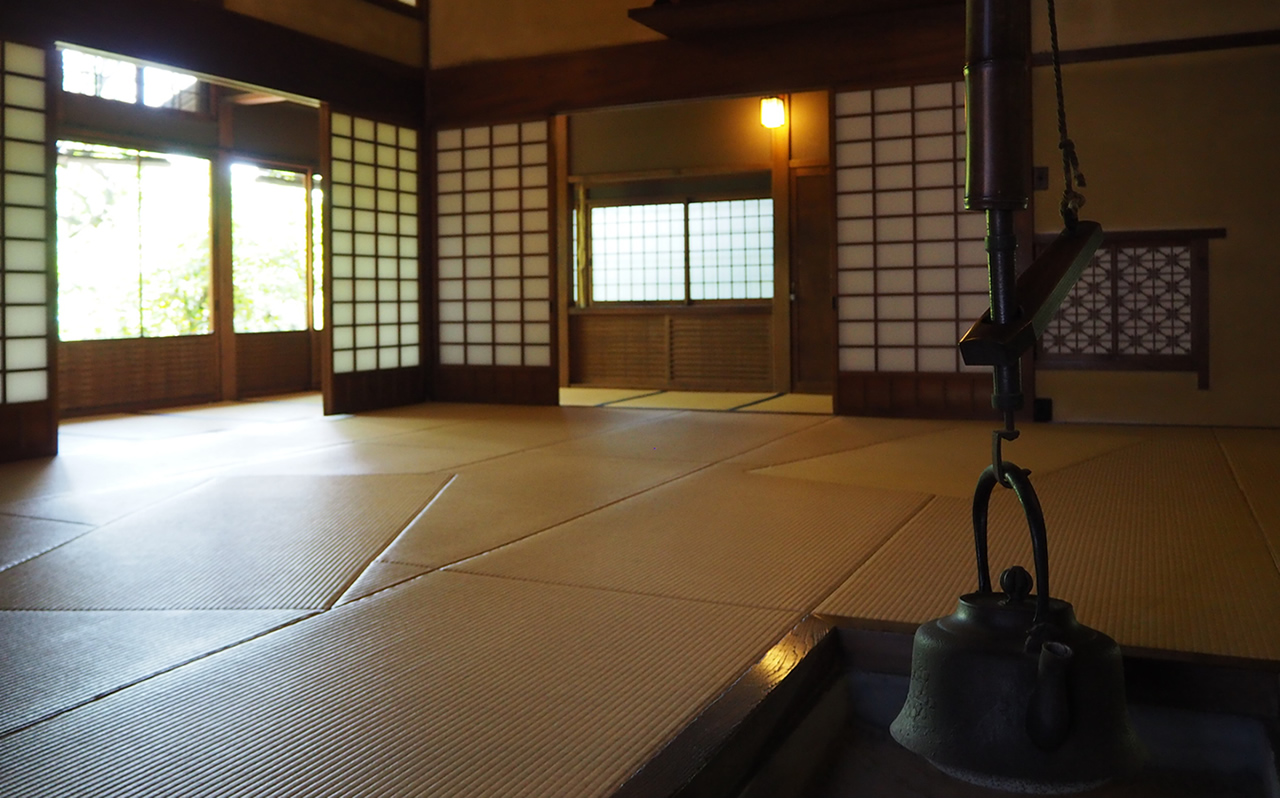
 Large Room in East Wing
Large Room in East Wing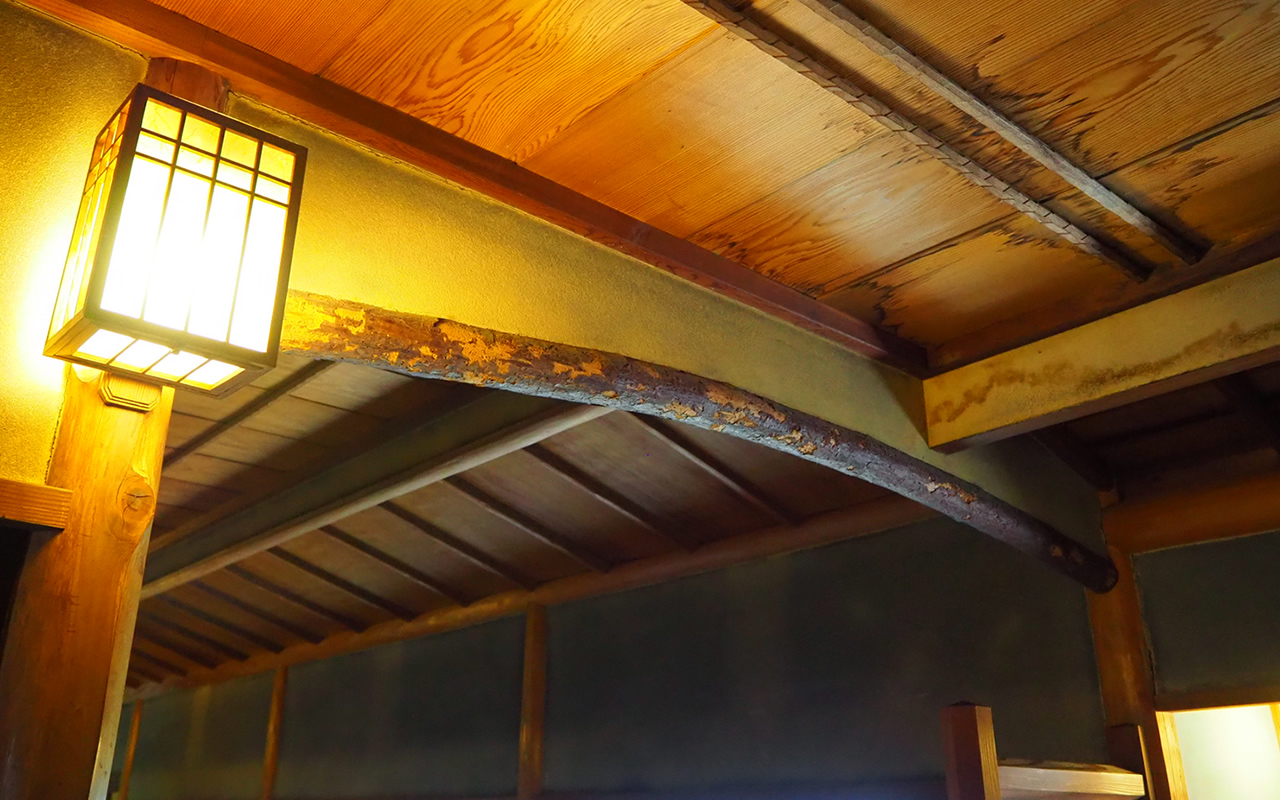 Corridor
Corridor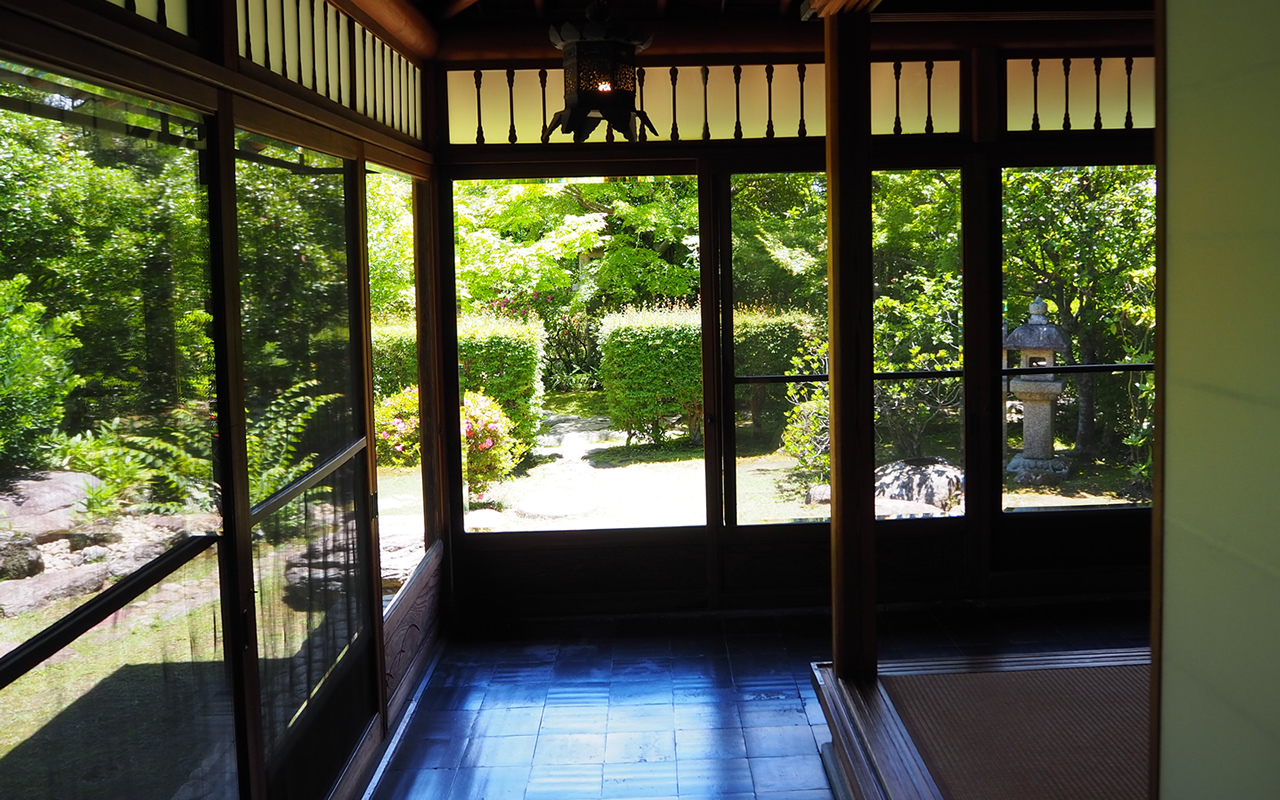 Room in West Wing
Room in West Wing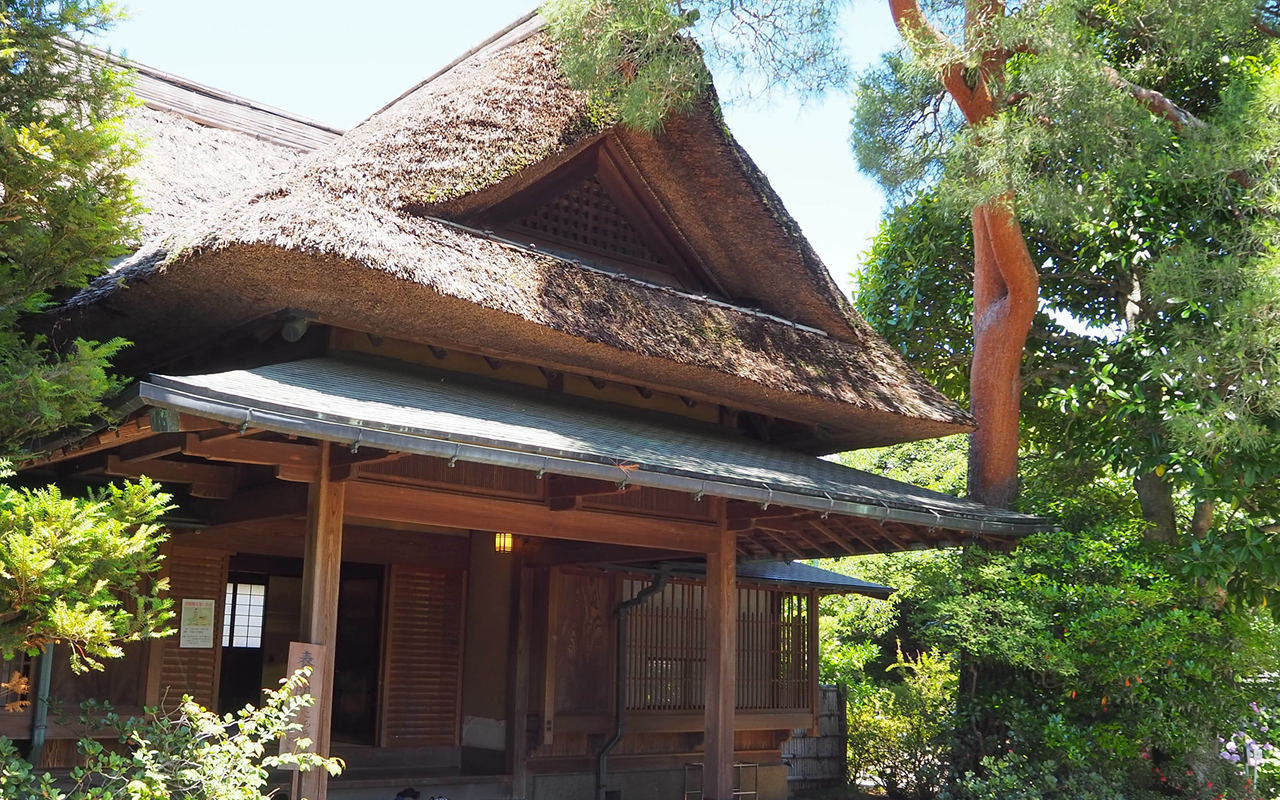 Entrance at East Wing
Entrance at East Wing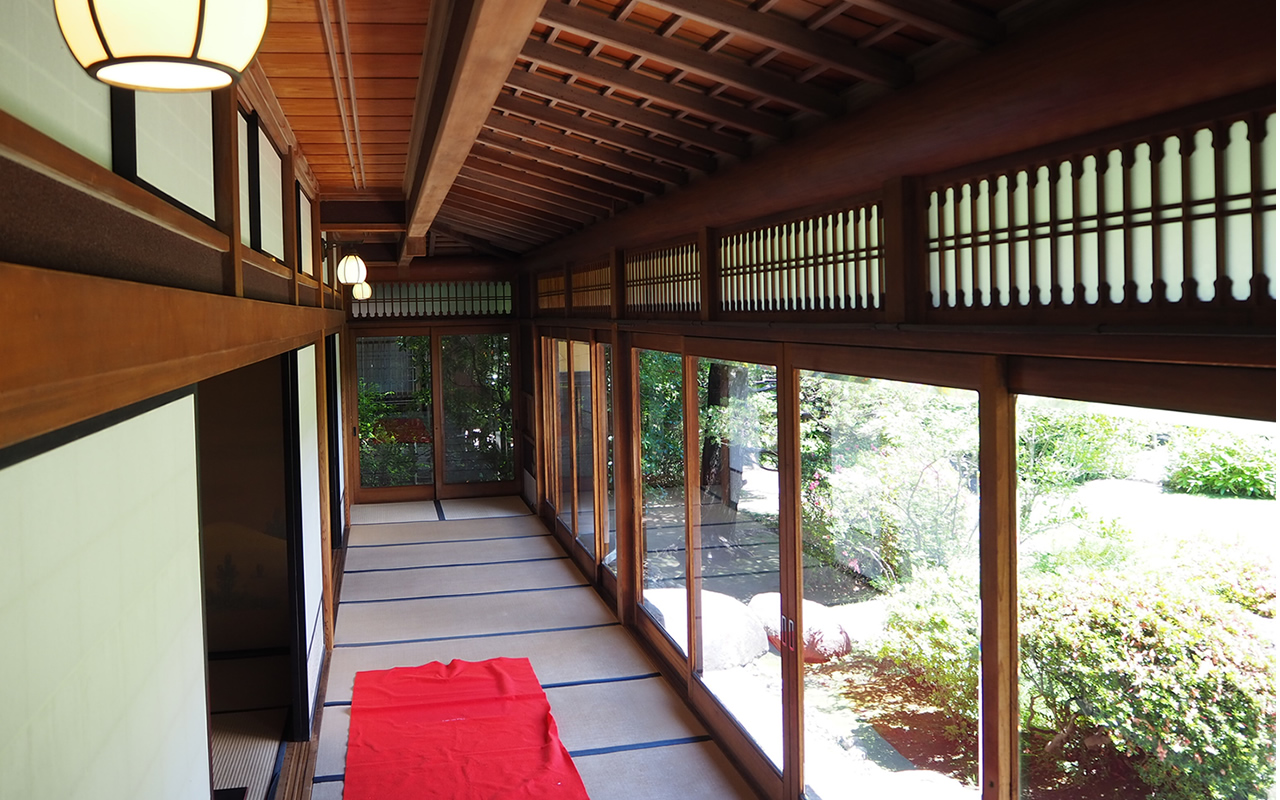 Viewing the garden from Central Wing
Viewing the garden from Central WingToyama Memorial Museum
675 Shirainuma Kawajima town, Hiki-gun, Saitama prefecture
https://www.e-kinenkan.com/
Enter the gate and go through a garden, and you see the museum building on your right. Visitors are to buy a ticket in the museum, then allowed to look around the Toyama-tei residence and the garden inside.
Hours: 10:00am - 4:30pm (last admission 4:00pm)
Closed:
Mondays
(also Tuesday, if Monday falls on a National Holiday)
Winter holidays (Dec.21 - Jun.6)
During exhibition changes, events held etc.
Admission fee:
Fees may vary when a special exhibition is held.
800 JP Yen per Adult (800 JP Yen per adult in a group)
600 JP Yen per high school/university student
(480 JP Yen per student in a group)
* Free for junior high school students or younger
* Group must be 20 persons or more
* 200 Yen discount for persons with a disability certificate
From Central Tokyo
From JR Ueno Station by Takasaki-sen train
OR
From JR Ikebukuro Station by Shonan-Shinjuku-Line train
↓ (Approx. 40 mins)
Okegawa Station 桶川駅
From West Exit of Okegawa Sta, take the Tobu Bus* bound for Kawagoe
「東武バス川越行き」乗車
↓(Approx. 13 mins))
Ushigayato Bus Stop 牛ケ谷戸バス停
↓ (Approx. 15 mins on foot)
Toyama Memorial Museum 遠山記念館
* The bus is not served frequently, will be every hour and lesser around noon. Be sure and check the time table beforehand.
- It will be a 15-min walk between Ushigayato bus stop and Toyama-tei. On a sunny summer day, it can be enjoyable to walk and view green rice fields under the blue sky.
- Tonogayato bus stop is also accessible from Kawagoe Station (Tobu-tojo Line/JR Saikyo Line), and Hon-kawagoe Station (Seibu-shinjuku Line). As Kawagoe is a tourist spot where the traffic frequently gets heavy, it is advisable to leave from Kawagoe Station.
- Toyama Memorial Museum has a parking area, will welcome group visitors on a bus tour.
- Getting there by bicycle from Okegawa Station is an option for a cyclist. The road is rather narrow but is flat except for little ups and downs. Rental bikes are available at a shop at East exit of Okegawa Station, but not many. Booking is essential for the service on Sundays and holidays.
- There are no restaurants and cafes at/near Toyama-tei. The nearest restaurant is on the north side of Heisei Forest Park 平成の森公園, about 15 minutes from Toyama-tei. Closed on Sundays and holidays (and on a Saturday).
Here is some information about seasonal attractions at/around Toyama-tei. To find more information, see their official website.
Spring
- During the season of the traditional girl festival, a large set of Hina dolls will be exhibited in a large room of Toyama-tei.
- In the middle of June,
Safflower or Benibana flowersat Okegawa will be in full bloom. Okegawa, a neighboring city of Kawajima, is a former post town on the historic highway of Nakasendo and flourished in sunflower production. It will be enjoyable to drop by one of the flower fields along with Toyama-tei.
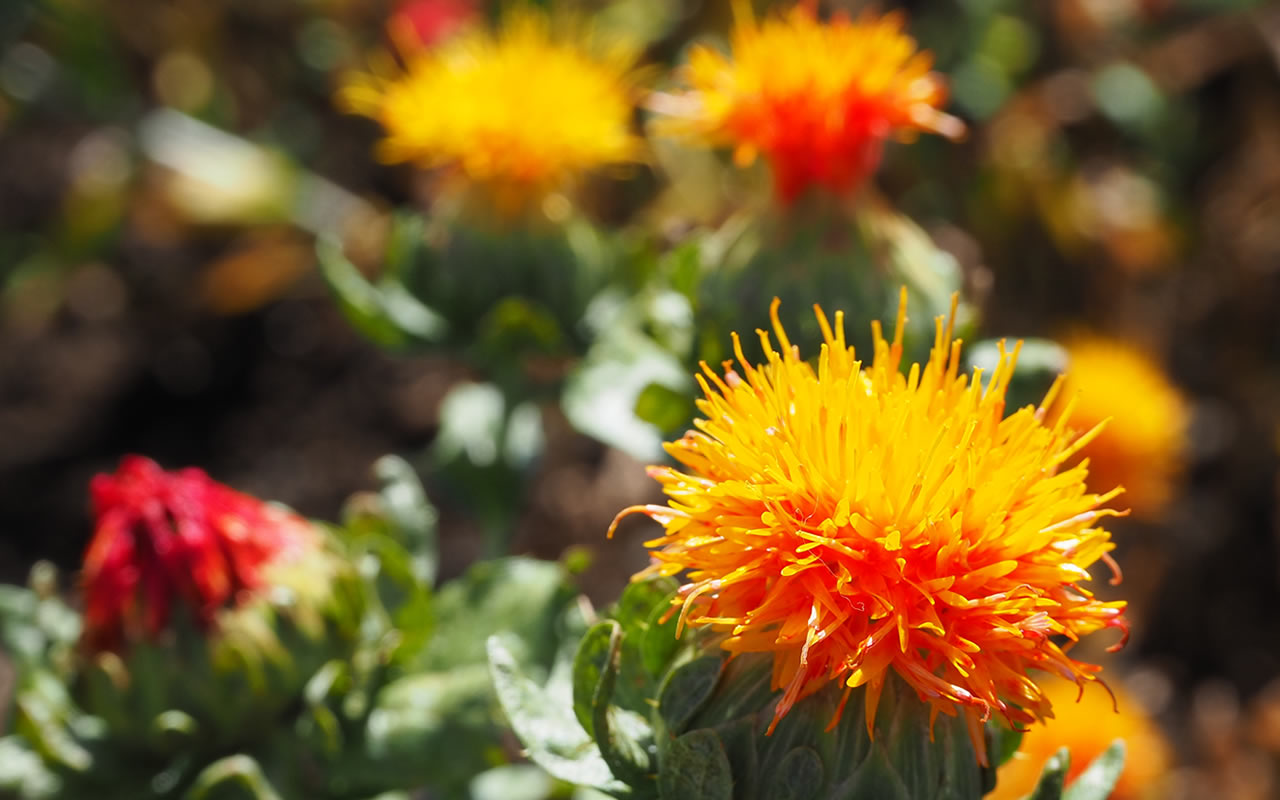
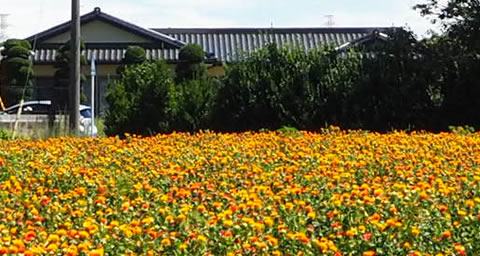
Summer
- Lotus in the pond by the Toyama-tei's entrance gate will be in its season.
- Okegawa Gion festival annually takes place on 15 and 16 of July. This traditional festival has been handed down at the historic town on the Nakasendo highway.
- Both Kawajima and Okegawa are known for Udon, chewy noodles generally called Musashino Udon. That best in summer is cold Udon in "Suttate", a special miso-and-sesame-based sauce made with minced summer vegetables.。
Japanese (digi-joho Nihongo)
Toyama-tei (Toyama Kinenkan)
Published: July 2020

